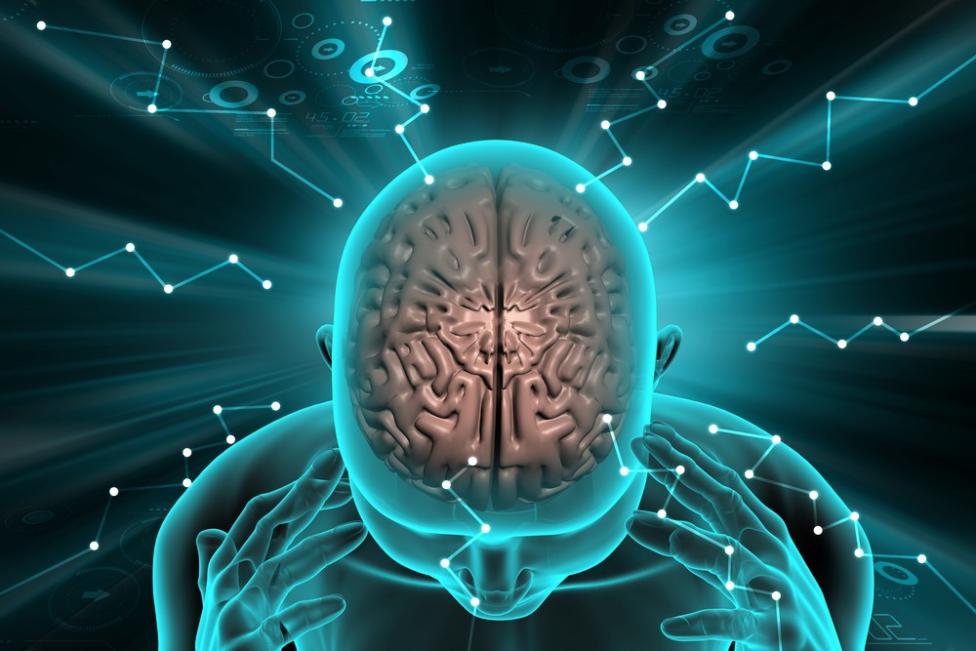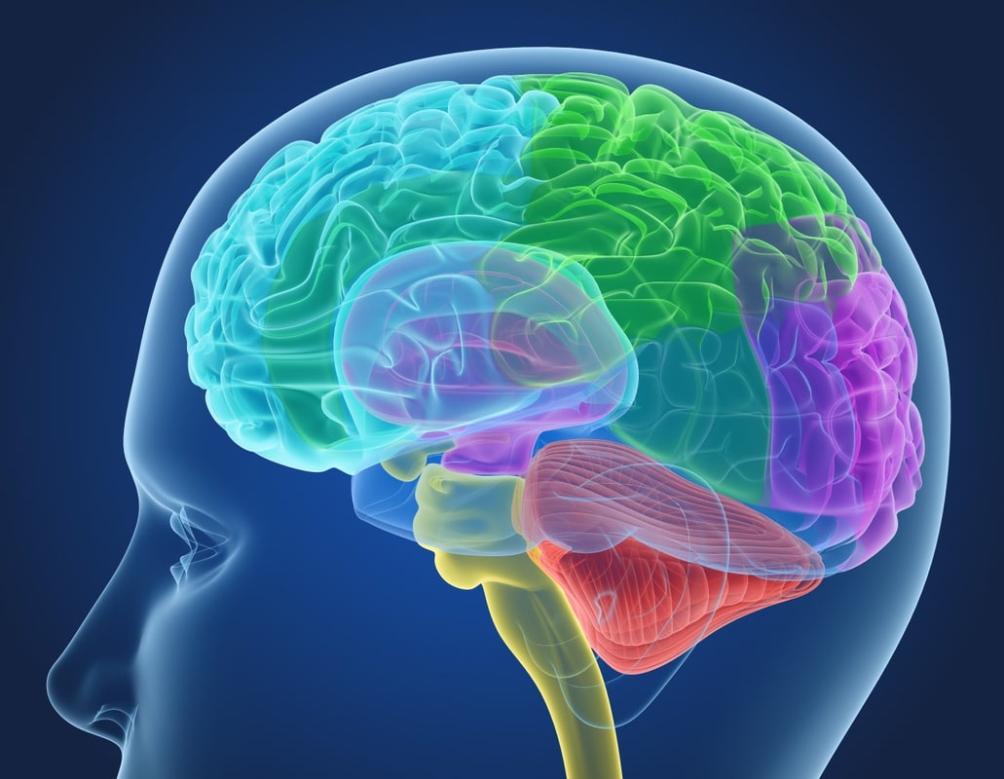How Can Brain Imaging Be Used to Diagnose and Treat Brain Disorders?
Brain imaging is a powerful tool that allows doctors to see inside the brain and diagnose and treat a wide range of brain disorders. Brain imaging techniques can provide information about the structure and function of the brain, and they can be used to detect abnormalities that may be causing symptoms.

Types Of Brain Imaging Techniques
There are a variety of brain imaging techniques available, each with its own strengths and weaknesses. The most common types of brain imaging techniques include:
- Structural imaging techniques, such as computed tomography (CT) and magnetic resonance imaging (MRI), provide detailed images of the brain's anatomy.
- Functional imaging techniques, such as positron emission tomography (PET) and functional magnetic resonance imaging (fMRI), measure brain activity.
- Other imaging techniques, such as electroencephalography (EEG) and magnetoencephalography (MEG), measure electrical and magnetic activity in the brain.
Applications Of Brain Imaging In Diagnosing Brain Disorders
Brain imaging is used to diagnose a wide range of brain disorders, including:
- Stroke: Brain imaging can help doctors identify the type of stroke (ischemic or hemorrhagic), determine the location and extent of the damage, and assess the response to treatment.
- Dementia: Brain imaging can help doctors differentiate between different types of dementia (e.g., Alzheimer's disease, vascular dementia), identify the stage of the disease, and monitor the progression of the disease.
- Epilepsy: Brain imaging can help doctors localize the seizure focus, identify the type of epilepsy, and evaluate the effectiveness of treatment.
- Brain tumors: Brain imaging can help doctors detect and characterize brain tumors, determine the extent of the tumor, and monitor the response to treatment.
Applications Of Brain Imaging In Treating Brain Disorders
Brain imaging is also used to treat a variety of brain disorders, including:
- Stroke: Brain imaging can help doctors guide the placement of intra-arterial thrombectomy devices, identify patients who are likely to benefit from thrombolytic therapy, and monitor the recovery of stroke patients.
- Dementia: Brain imaging can help doctors develop new drugs for the treatment of dementia, evaluate the effectiveness of new treatments, and monitor the progression of the disease.
- Epilepsy: Brain imaging can help doctors guide the placement of electrodes for epilepsy surgery, identify patients who are likely to benefit from vagus nerve stimulation, and monitor the effectiveness of anti-epileptic drugs.
- Brain tumors: Brain imaging can help doctors guide the placement of biopsy needles, plan surgery for brain tumors, and monitor the response to treatment.

Brain imaging is a powerful tool that is used to diagnose and treat a wide range of brain disorders. Brain imaging techniques can provide information about the structure and function of the brain, and they can be used to detect abnormalities that may be causing symptoms. Brain imaging is an essential tool for neurologists and other healthcare professionals who treat brain disorders.
Future Directions In Brain Imaging Research
Brain imaging research is rapidly evolving, and new techniques are being developed all the time. Some of the most promising areas of research include:
- Developing new brain imaging techniques that are more sensitive and specific for diagnosing and treating brain disorders.
- Using brain imaging to study the brain in real time, which could help doctors to better understand how the brain works and how it is affected by disease.
- Developing new brain imaging-based treatments for brain disorders.

Brain imaging is a rapidly growing field, and it is likely to play an increasingly important role in the diagnosis and treatment of brain disorders in the years to come.
YesNo

Leave a Reply